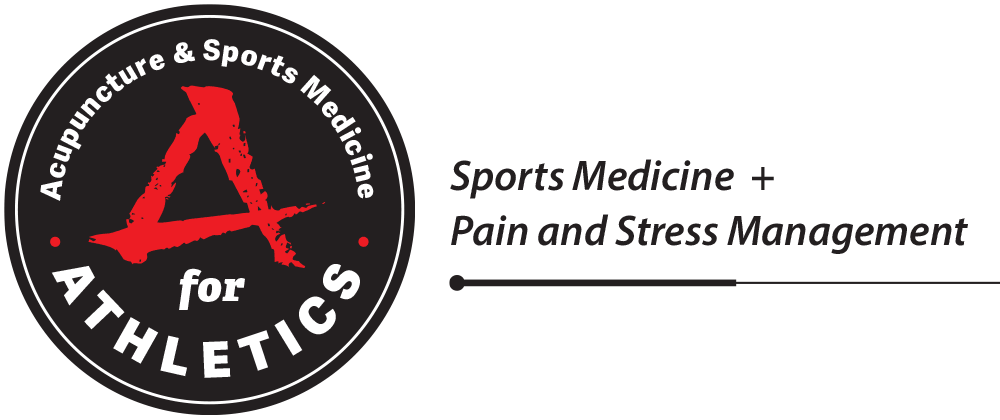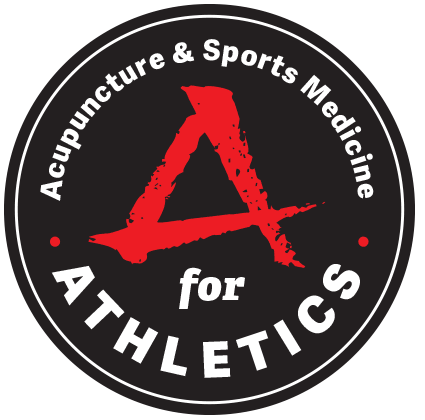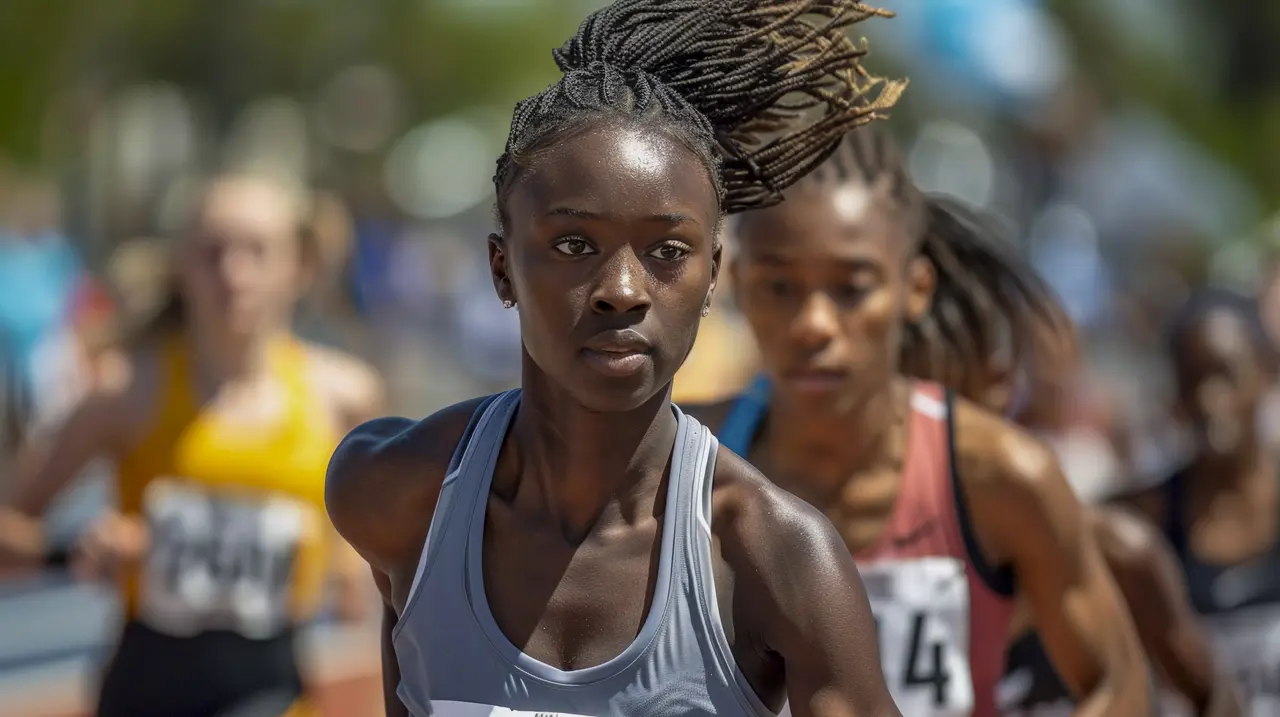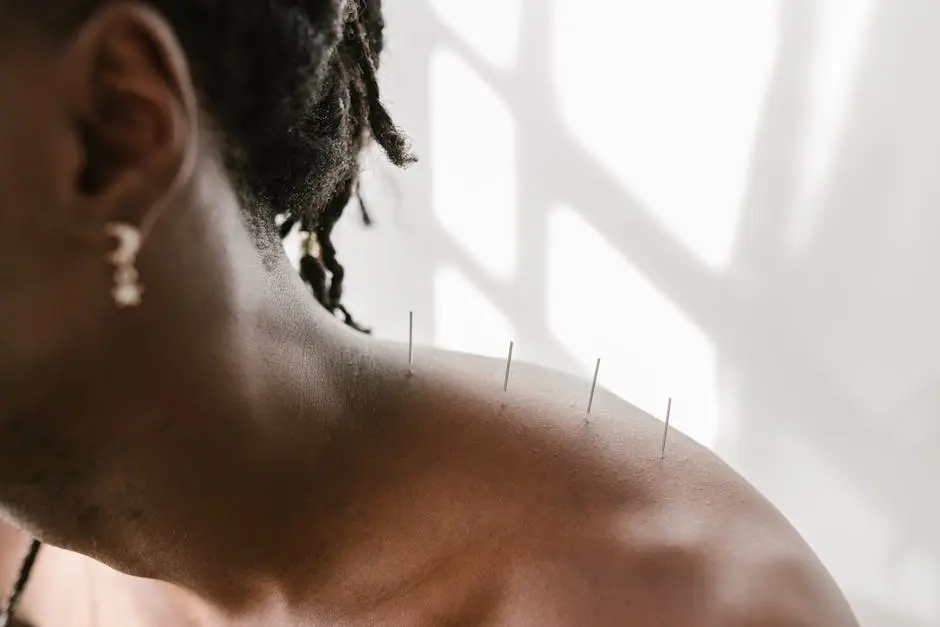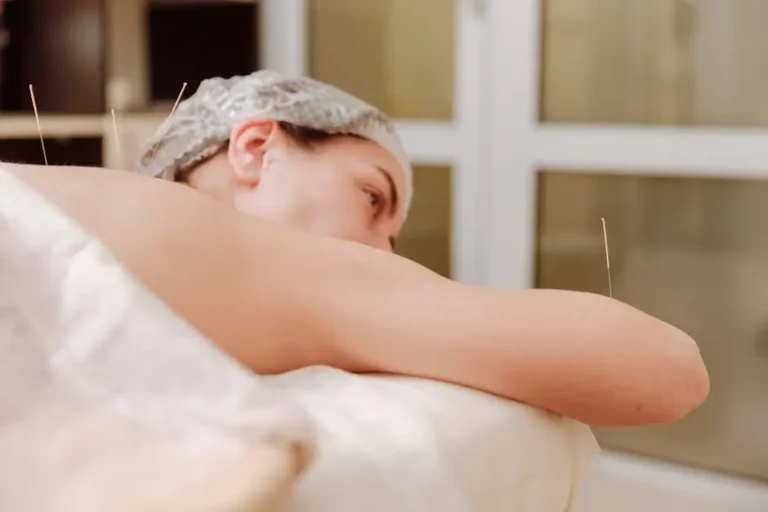8 Common Sports Injuries That Benefit from Acupuncture
In the world of sports, injuries are all too common and can sideline athletes for weeks or even months. While traditional treatments often focus on medication and physical therapy, acupuncture is gaining attention as a complementary solution. With its roots in ancient Chinese medicine, acupuncture promises to reduce pain and promote healing through the strategic insertion of needles at specific points on the body. Let’s explore eight sports injuries where acupuncture can make a significant difference.
1. Understanding Tendinitis Relief
Tendinitis, characterized by inflammation of tendons, can be particularly stubborn. Acupuncture helps by increasing blood flow and reducing inflammation in affected areas, providing relief and speeding up recovery.
When dealing with tendinitis, the goal is to alleviate the pain and restore function. Acupuncture achieves this by targeting the meridians that run through affected tendons, stimulating natural healing processes. This approach not only deals with current symptoms but can also prevent future flare-ups. As acetylcholine is modulated, relief from the relentless throbbing of tendinitis becomes a reality, enabling athletes to return to their routines with greater ease.
2. Easing the Pain of Sprains
Common in sports, sprains can be debilitating. By targeting specific points, acupuncture alleviates pain and swelling associated with sprains, facilitating a faster return to activity.
A focused acupuncture treatment for sprains works wonders in controlling the inflammatory response after an injury. By triggering the body’s immune response, acupuncture can effectively reduce edema and swelling, allowing you to dodge prolonged inactivity. It’s not just about pain relief; acupuncture helps ensure you regain full range of motion quickly, reducing the chances of compensatory injuries.
Sprains, whether mild or severe, are frustrating setbacks for any athlete. Incorporating acupuncture in the treatment plan allows the injured ligaments to regain flexibility and strength faster than traditional methods alone. Through enhancing the body’s natural thermoregulatory processes, acupuncture aligns with your body’s healing time, thus promoting faster recovery without the need for potential dependency on pharmaceuticals.
3. Healing Strained Muscles
Muscle strains lead to discomfort and limited movement. Acupuncture not only aids in relaxing tight muscles but also supports tissue repair, making it a beneficial therapy for athletes.
When muscle strains are left untreated, they can progress into chronic pain. Acupuncture offers a safe alternative to conventional muscle relaxants and painkillers by promoting the production of endorphins. This increase in endogenous opioids can bring about a pronounced sense of relief and comfort. Furthermore, the localized puncturing effects of acupuncture setups allow for microcirculation improvements which play a vital role in muscle recovery.
Incorporating acupuncture with traditional stretching exercises can provide athletes with a comprehensive recovery strategy for muscle strain. As acupuncture increases local circulation, more nutrients can reach the affected area, enhancing cell regeneration and membrane repair. This holistic approach can be seamlessly integrated into your usual wellness routine, ensuring the optimal recovery pathway for both amateur and professional athletes alike.
4. Addressing Runner’s Knee
Runner’s knee is a common overuse injury. Acupuncture can focus on reducing knee pain and improving circulation to the affected area, enhancing the healing process for avid runners.
The repetitive stress over time can lead to what is widely known among athletes as runner’s knee. This condition not only brings discomfort but can become a consistent deterrent to avid runners. Acupuncture, by focusing on the underlying patellar tracking issues and inflammation, offers relief that targets the root of the problem rather than just the symptoms. The evidence-based practices supporting acupuncture use send a positive message to those who rely on every step, every mile.
Enhancing the integrity of connective tissues around the knee can dramatically decrease the forces subjected to the joint during motion. Acupuncture introduces a new dimension of therapeutic potential to bend and design the healing mechanism, offering profound implications for those combating debilitating conditions. It invites athletes back to their passion, ensuring each stride is balanced with confidence.
5. Alleviating Elbow Pain
Conditions like tennis elbow respond well to acupuncture. By targeting the precise areas of pain and inflammation, acupuncture offers a natural option for relieving elbow pain.
For athletes who rely heavily on the use of their upper body, such as tennis players and golfers, acupuncture provides a pathway to recovery that is non-invasive yet highly effective. By decreasing the inflammatory markers often present in epicondylitis, acupuncture triggers the release of endorphins and enkephalins, which naturally soothe pain. Consequently, these athletes can feel relief without medication-related side effects, allowing them to re-engage in their sport confidently.
6. Soothing Back Injuries
Back injuries can be particularly challenging for athletes. Acupuncture helps in reducing back pain and tension, allowing for greater mobility and recovery over time.
Back injuries, whether acute or chronic, can be devastating for an athlete’s career trajectory. Acupuncture addresses the central nervous system’s response to pain and discomfort, modulating afferent neural inputs and promoting the secretion of anti-inflammatory cytokines. This dual mechanism allows for pain relief and accelerates recovery, with many athletes reporting significant improvements following regular sessions.
7. Managing Ankle Injuries
Ankle injuries often linger without proper care. Acupuncture enhances the healing of ligaments by improving blood flow and reducing inflammation in the ankle area.
It is not uncommon for ankle injuries to hinder an athletic career, particularly when mobility is severely restricted. Acupuncture allows for addressing both the physical and neuromuscular adaptative changes by encouraging proprioceptive restoration. Athletes facing recurring ankle issues find that acupuncture offers a tangible method of regaining their balance, improving not just their condition but also their general well-being through systematic intervention.
8. Conquering Shin Splints
Shin splints are common among runners and athletes in jump-intensive sports. Acupuncture helps by alleviating pain in the shins, boosting circulation, and enhancing muscle recovery.
The recurrent nature of shin splints can bewail the enthusiasm of any runner. With acupuncture, the focus is on both relieving present discomfort and ensuring long-term protective measures. By addressing the muscle fascia and enhancing interstitial swelling reduction, acupuncture helps athletes to dismantle the dual problems of muscle fiber stress and bone sheath irritation, enabling uninterrupted training and performance levels.
